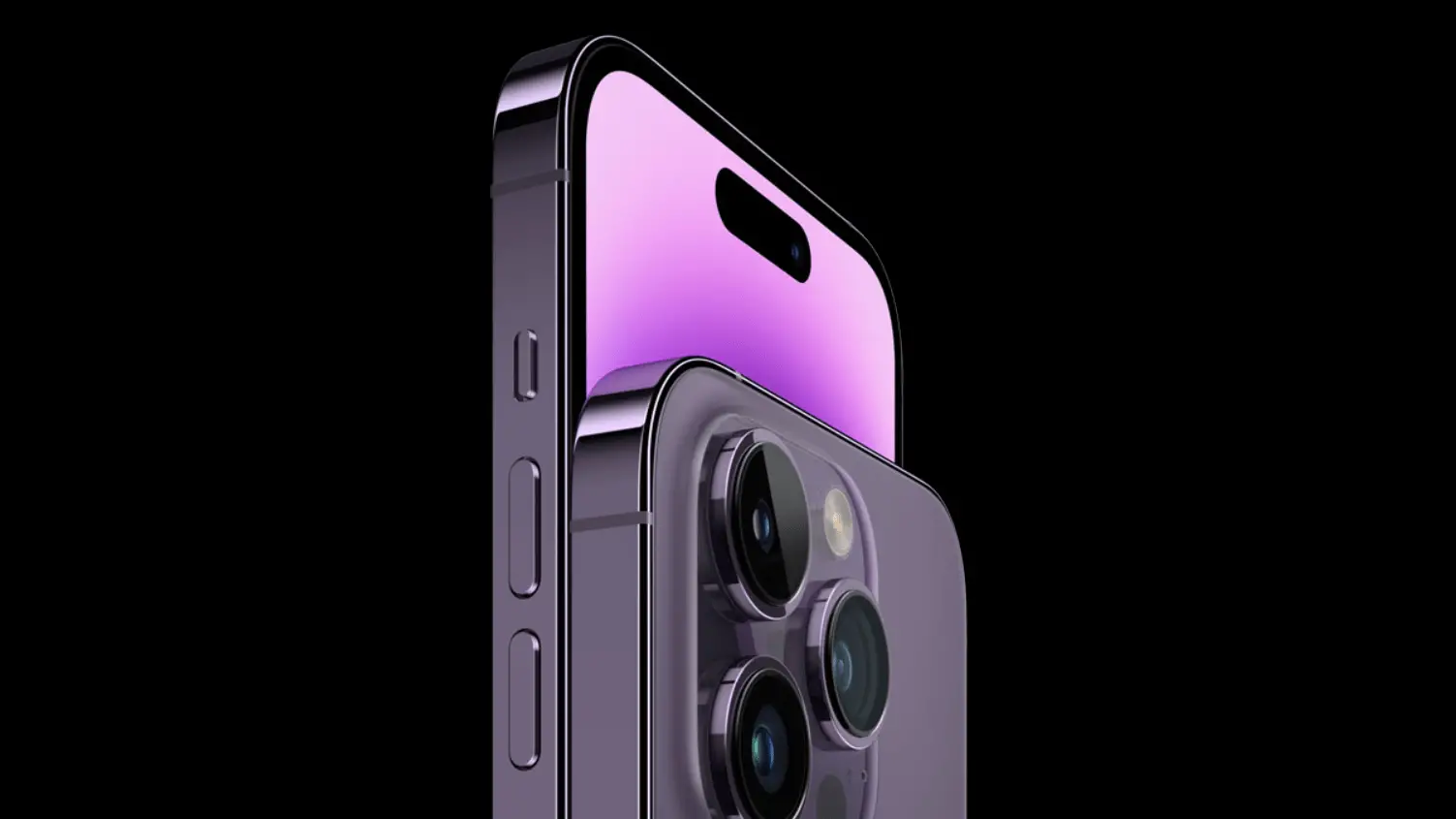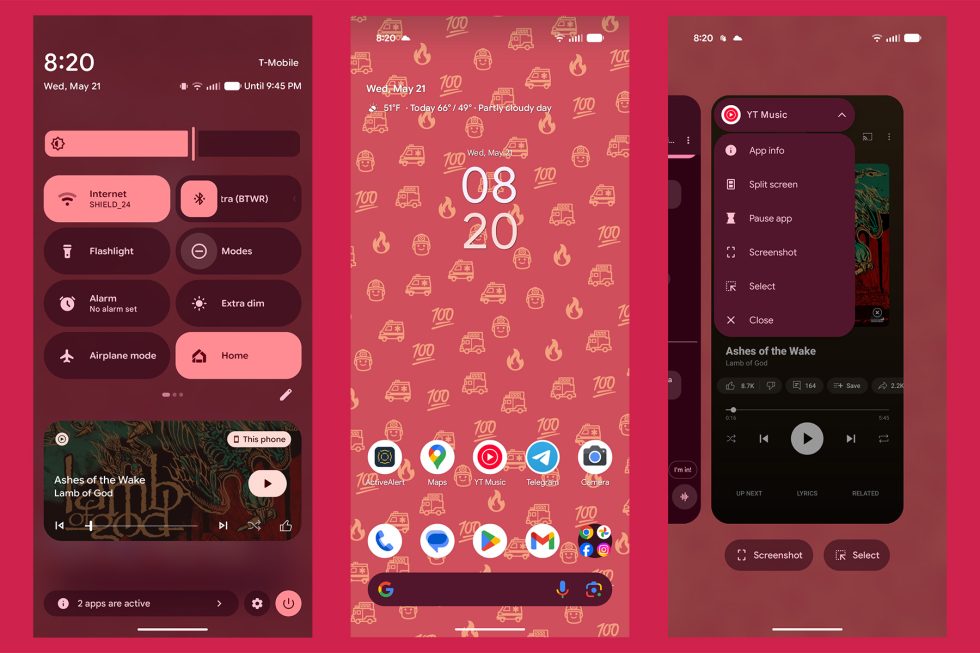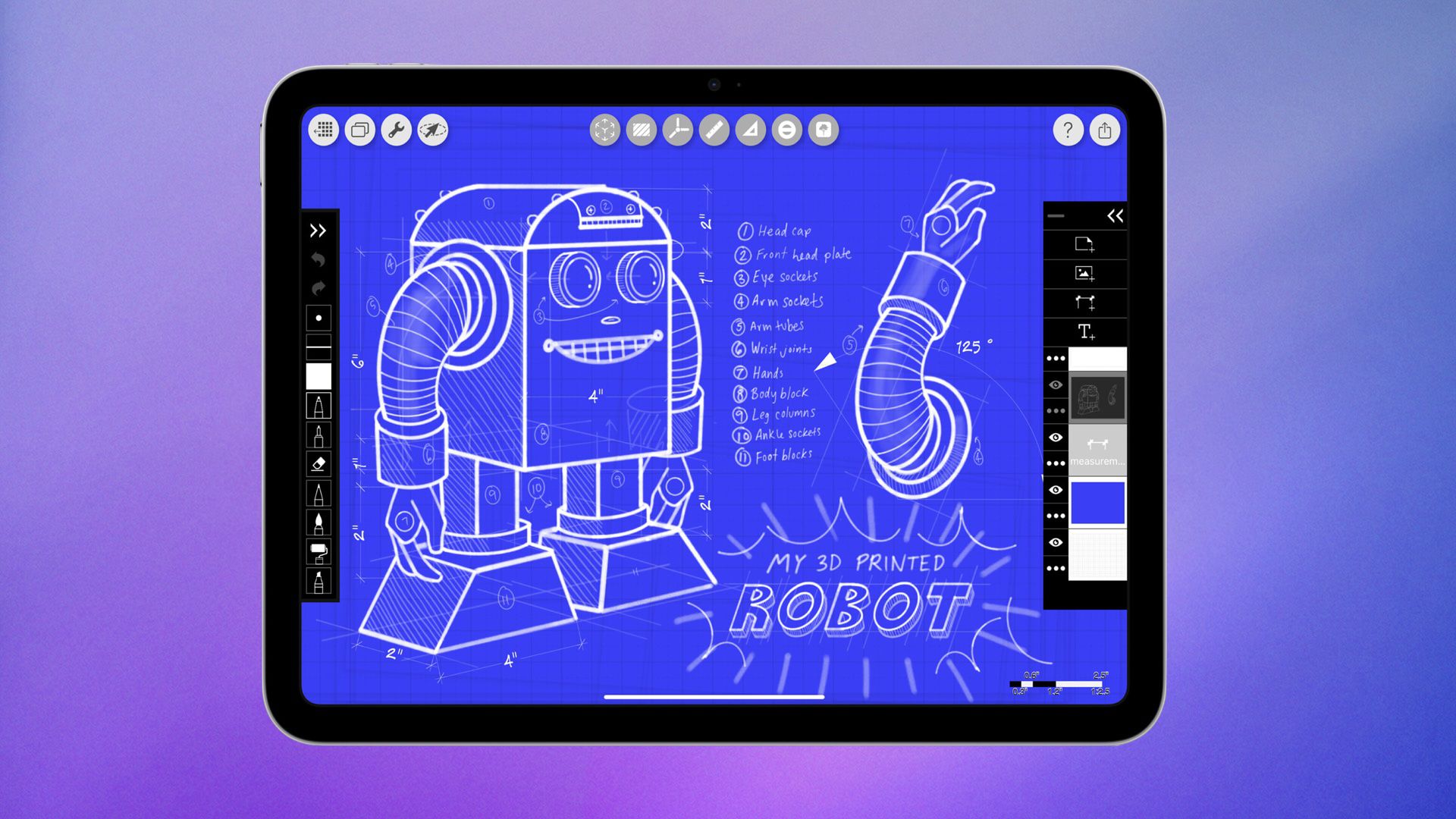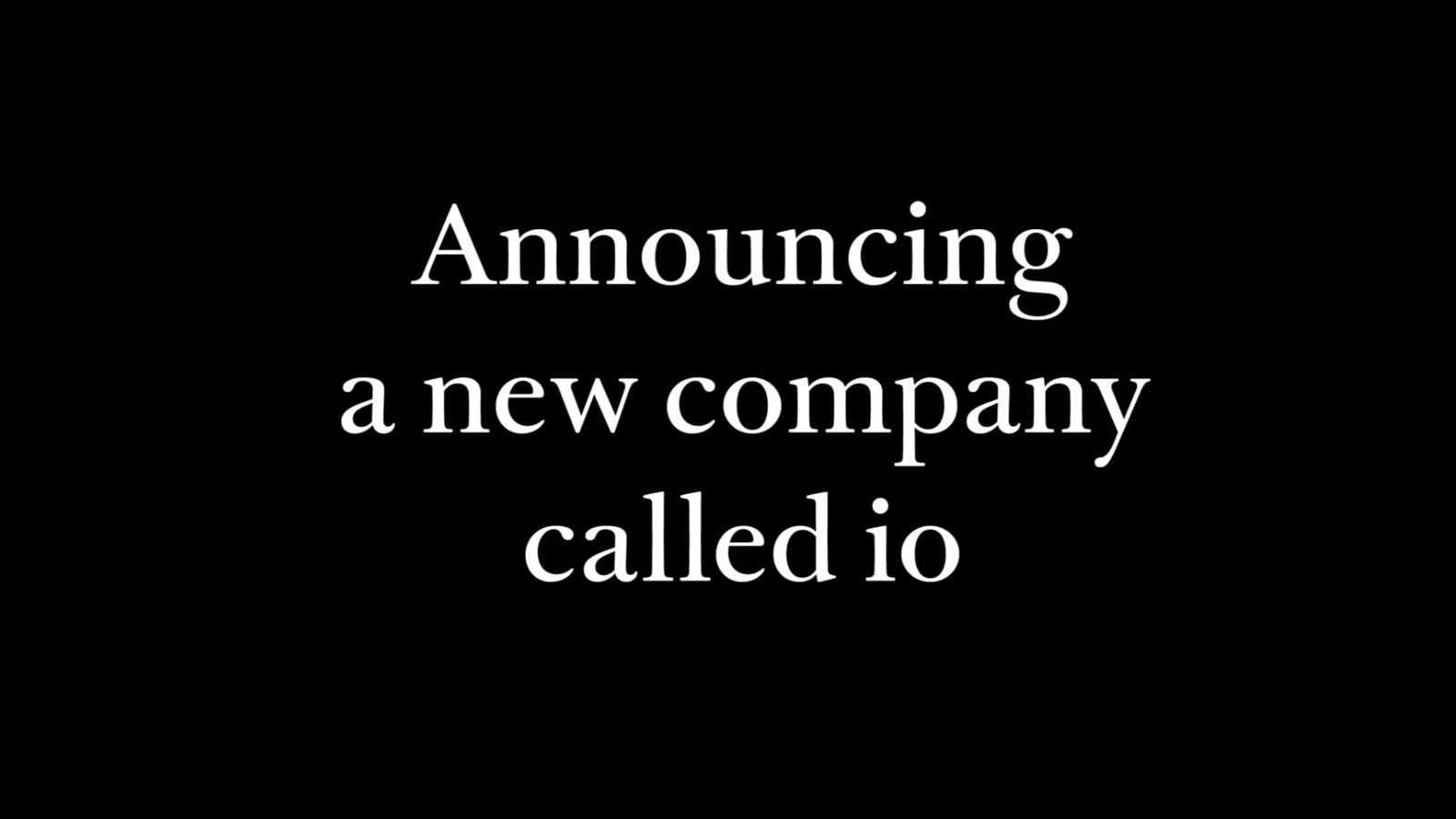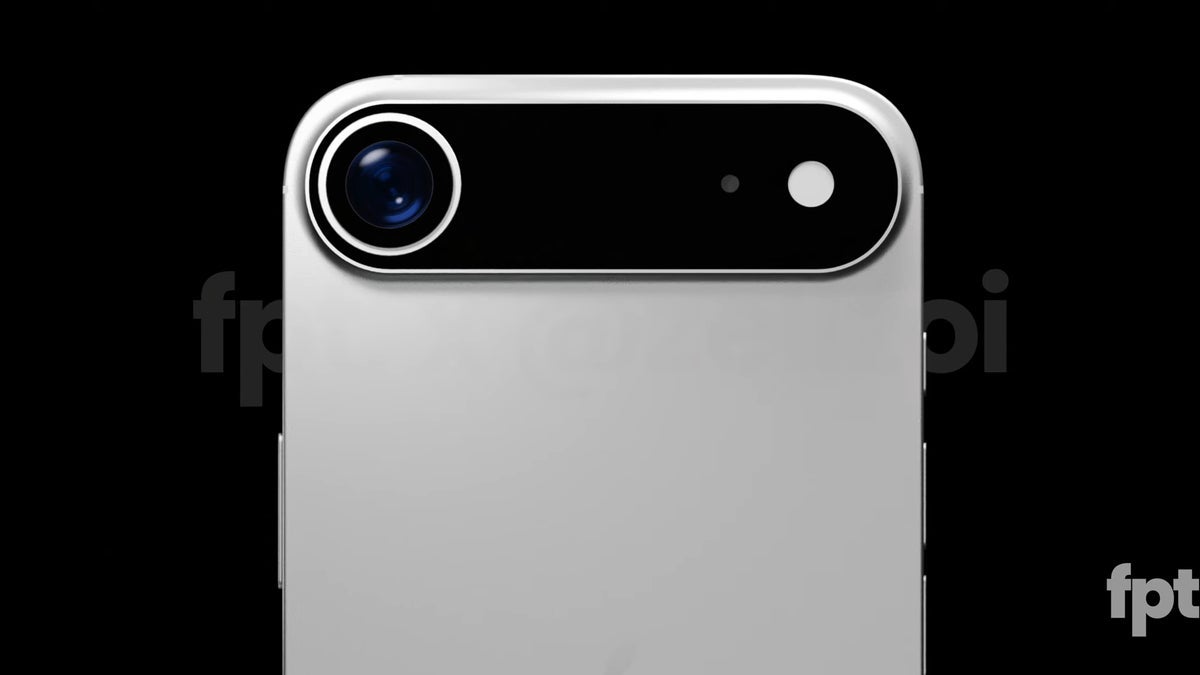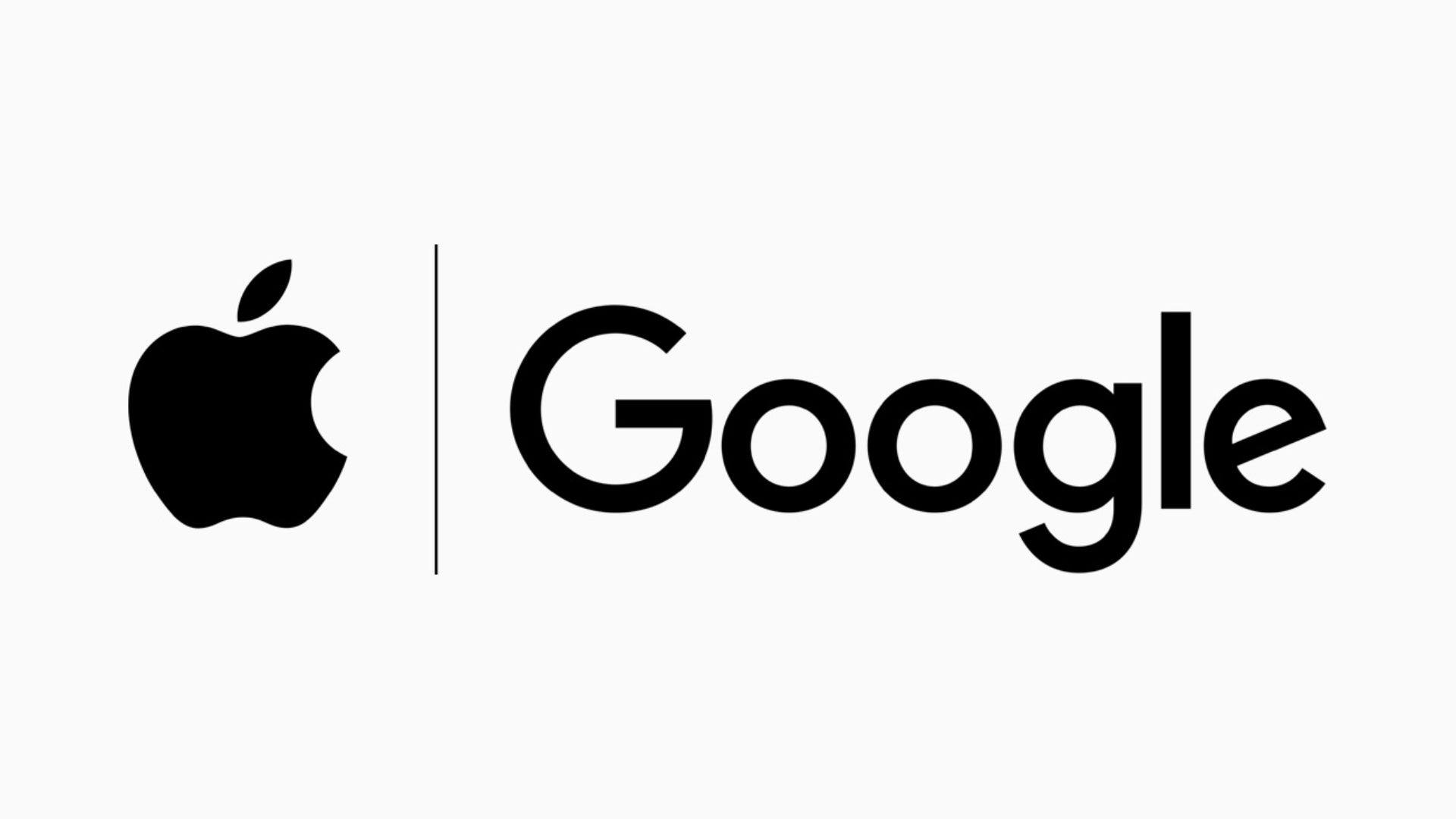10 Essential NPM Packages Every React.js Developer Should Master in 2025
Alright, let's be real. If you're deep in the React trenches like I am, you know the usual suspects: React Router, Redux, maybe Axios for your data fetching. And yeah, they're great, staples even. But in 2025, just knowing the 'big three' (or four, or five...) isn't quite enough to really feel like you're flying, you know? My productivity, and honestly, my sanity, often comes down to those lesser-known, sometimes seriously underrated, npm packages. The ones that make you go, "Where have you been all my life?!" So, I've been wanting to share a list of tools that have genuinely made a difference in my projects. We're not just talking about the obvious headliners here. We're diving into some hidden gems that React developers should know – the kind that can truly supercharge React apps and streamline your React workflow. Think React performance boosts that actually work, UI/UX gems that make users smile, React state management that doesn't make you want to pull your hair out, and React testing utilities that, dare I say, make testing less of a chore. Each one I'm about to show you is a quick look: what it's for, why I think it's a game-changer, and a little snippet or tip to get you started. 1. Motion (Framer Motion) – React Animations Made Fun (and Easy!) First up, let's talk about making things move. If you've ever wrestled with CSS transitions for anything more than a simple hover effect, you'll appreciate Motion (you might know it as Framer Motion). Their tagline is something like simple to start, fun to master, and honestly, they nailed it. I used to dread complex animations, but Motion genuinely makes adding fluid, professional-looking React animations to components... well, fun. It's not just smoke and mirrors; it cleverly uses hardware-accelerated browser animations but gives you full JavaScript control. For me, this means I can achieve sophisticated motion design way more easily than trying to orchestrate a symphony of CSS keyframes. Want a quick fade-in? Check this out: import { motion } from 'framer-motion'; ; And just like that – a smooth fade-in when your component mounts. No messy CSS. But it's not just fades; we're talking drag gestures, slick layout animations (my personal favorite for dynamic lists), SVG morphing etc. Let's face it, in 2025, users expect a certain level of polish, and animations are a huge part of that. Motion has become my go-to for delivering that 'wow' factor in React apps. It can seriously elevate the UX of your project with just a few intuitive props. My Hot Tip: Don't be intimidated! Just start by wrapping your elements in . Or, if you're feeling a bit more adventurous, dive into hooks like useAnimation. The defaults are surprisingly good, but the transition prop is where the real magic and deep customization lie. Trust me on this one. Plus, the developer experience is top-notch. Great TypeScript support and those Framer playgrounds for tinkering?

Alright, let's be real. If you're deep in the React trenches like I am, you know the usual suspects: React Router, Redux, maybe Axios for your data fetching. And yeah, they're great, staples even. But in 2025, just knowing the 'big three' (or four, or five...) isn't quite enough to really feel like you're flying, you know? My productivity, and honestly, my sanity, often comes down to those lesser-known, sometimes seriously underrated, npm packages. The ones that make you go, "Where have you been all my life?!"
So, I've been wanting to share a list of tools that have genuinely made a difference in my projects. We're not just talking about the obvious headliners here. We're diving into some hidden gems that React developers should know – the kind that can truly supercharge React apps and streamline your React workflow. Think React performance boosts that actually work, UI/UX gems that make users smile, React state management that doesn't make you want to pull your hair out, and React testing utilities that, dare I say, make testing less of a chore.
Each one I'm about to show you is a quick look: what it's for, why I think it's a game-changer, and a little snippet or tip to get you started.
1. Motion (Framer Motion) – React Animations Made Fun (and Easy!)
First up, let's talk about making things move. If you've ever wrestled with CSS transitions for anything more than a simple hover effect, you'll appreciate Motion (you might know it as Framer Motion). Their tagline is something like simple to start, fun to master, and honestly, they nailed it. I used to dread complex animations, but Motion genuinely makes adding fluid, professional-looking React animations to components... well, fun.
It's not just smoke and mirrors; it cleverly uses hardware-accelerated browser animations but gives you full JavaScript control. For me, this means I can achieve sophisticated motion design way more easily than trying to orchestrate a symphony of CSS keyframes. Want a quick fade-in? Check this out:
import { motion } from 'framer-motion';
<motion.div initial={{ opacity: 0 }} animate={{ opacity: 1 }} />;
And just like that – a smooth fade-in when your component mounts. No messy CSS. But it's not just fades; we're talking drag gestures, slick layout animations (my personal favorite for dynamic lists), SVG morphing etc. Let's face it, in 2025, users expect a certain level of polish, and animations are a huge part of that. Motion has become my go-to for delivering that 'wow' factor in React apps. It can seriously elevate the UX of your project with just a few intuitive props.
My Hot Tip: Don't be intimidated! Just start by wrapping your elements in
. Or, if you're feeling a bit more adventurous, dive into hooks likeuseAnimation. The defaults are surprisingly good, but thetransitionprop is where the real magic and deep customization lie. Trust me on this one.
Plus, the developer experience is top-notch. Great TypeScript support and those Framer playgrounds for tinkering?





















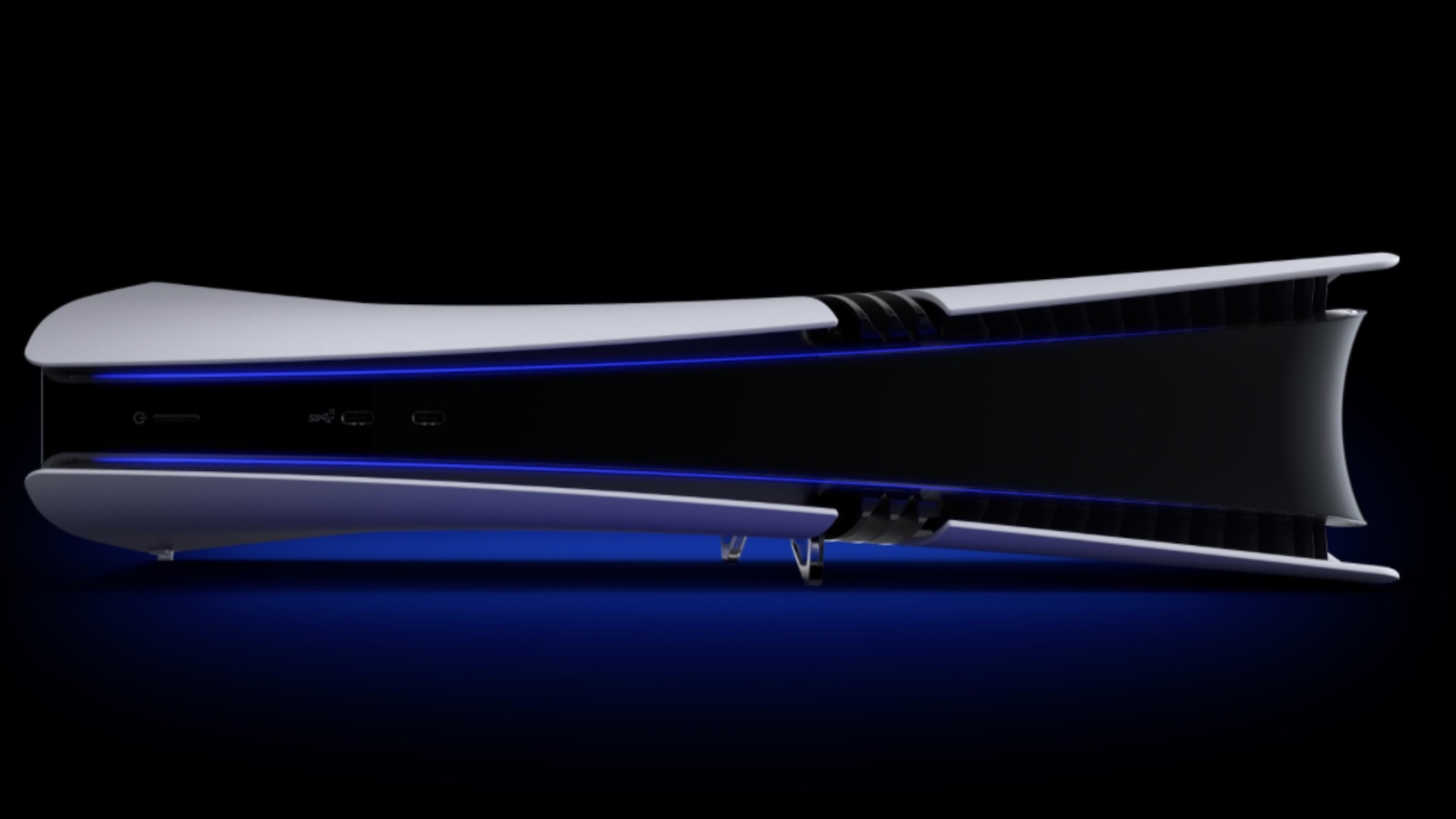



























































































































































![[The AI Show Episode 148]: Microsoft’s Quiet AI Layoffs, US Copyright Office’s Bombshell AI Guidance, 2025 State of Marketing AI Report, and OpenAI Codex](https://www.marketingaiinstitute.com/hubfs/ep%20148%20cover%20%281%29.png)


![[The AI Show Episode 146]: Rise of “AI-First” Companies, AI Job Disruption, GPT-4o Update Gets Rolled Back, How Big Consulting Firms Use AI, and Meta AI App](https://www.marketingaiinstitute.com/hubfs/ep%20146%20cover.png)













































































































































































































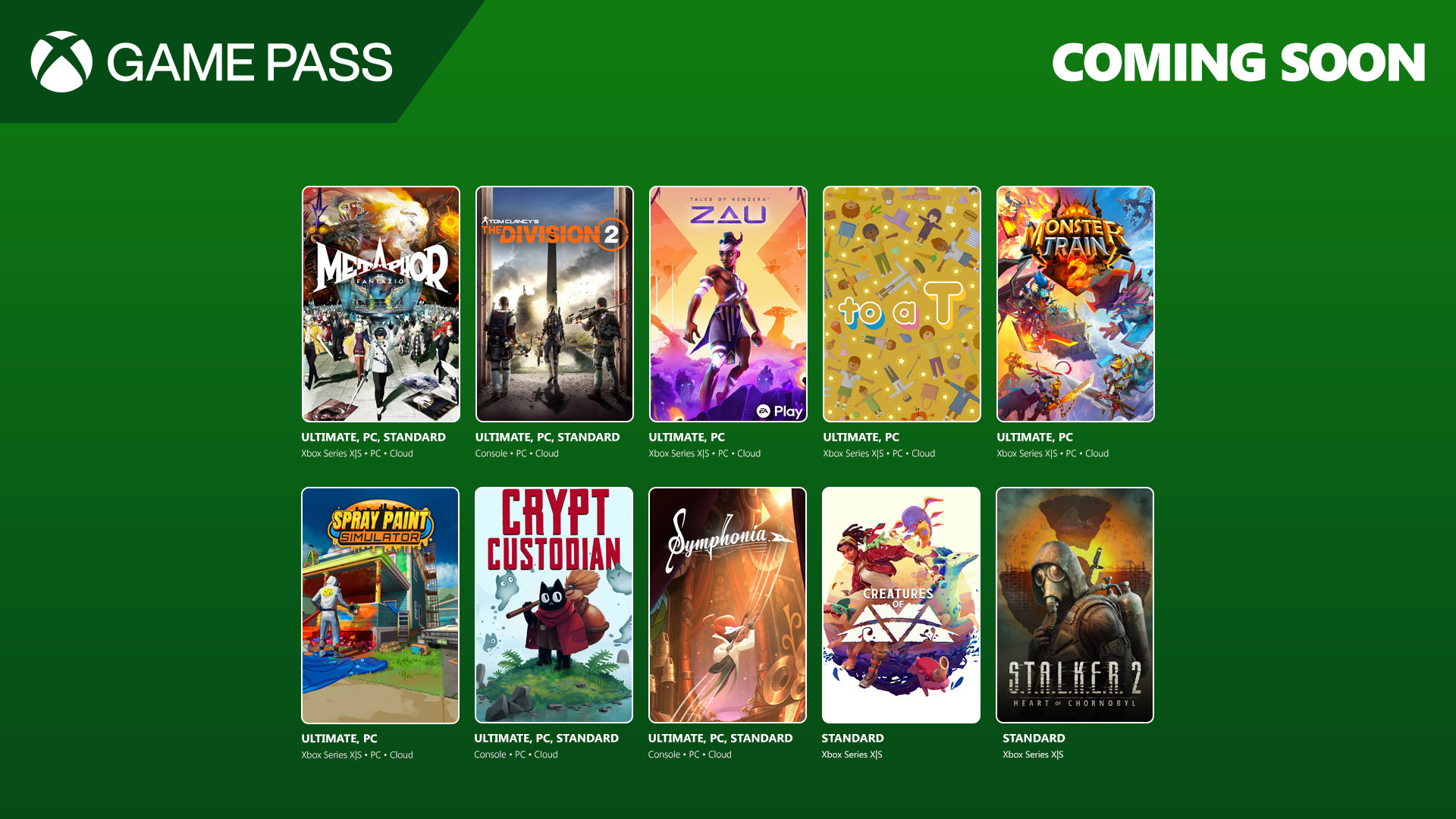

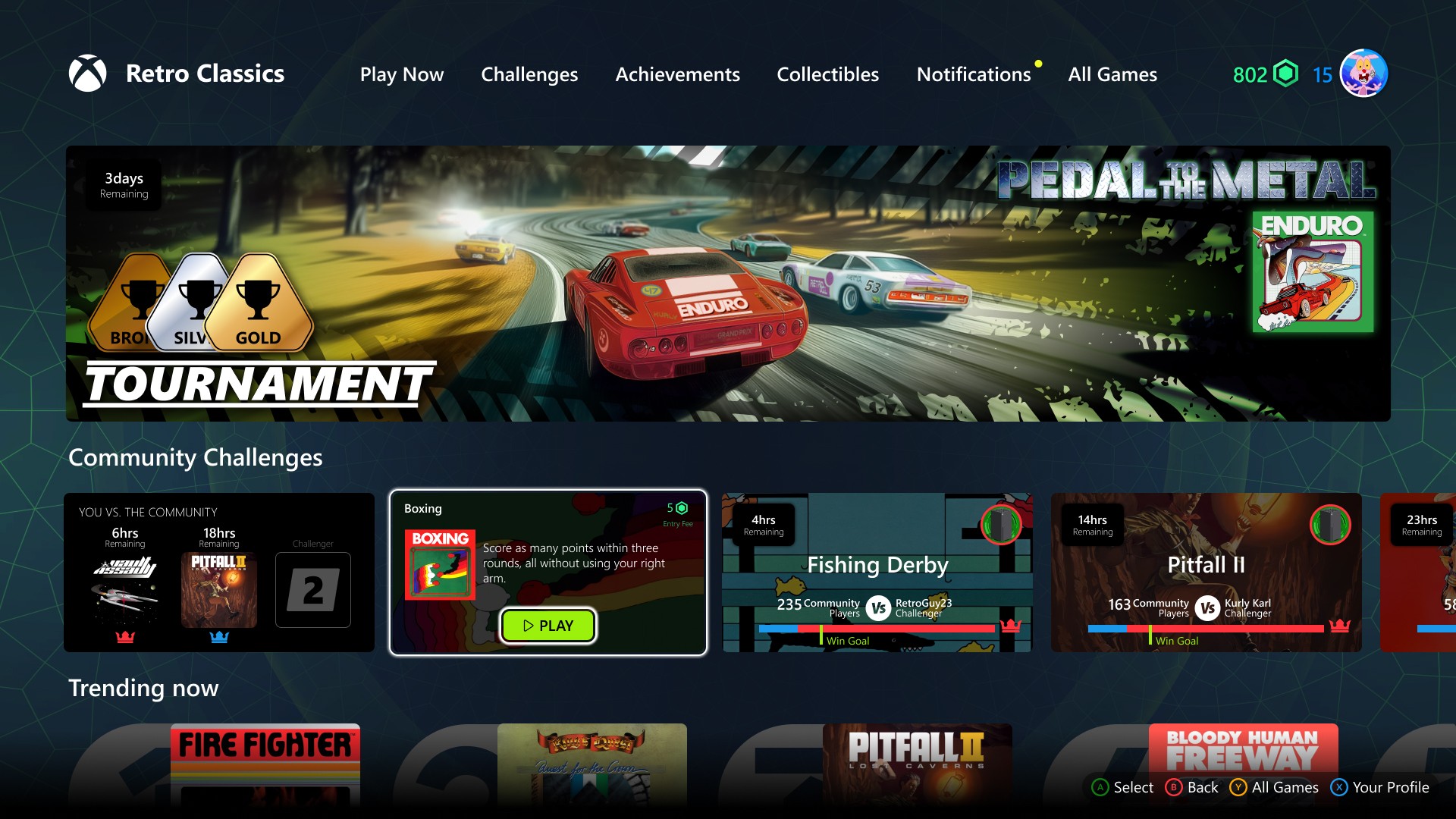




















.jpg?#)









.jpg?width=1920&height=1920&fit=bounds&quality=70&format=jpg&auto=webp#)






















_pichetw_Alamy.jpg?width=1280&auto=webp&quality=80&disable=upscale#)















































































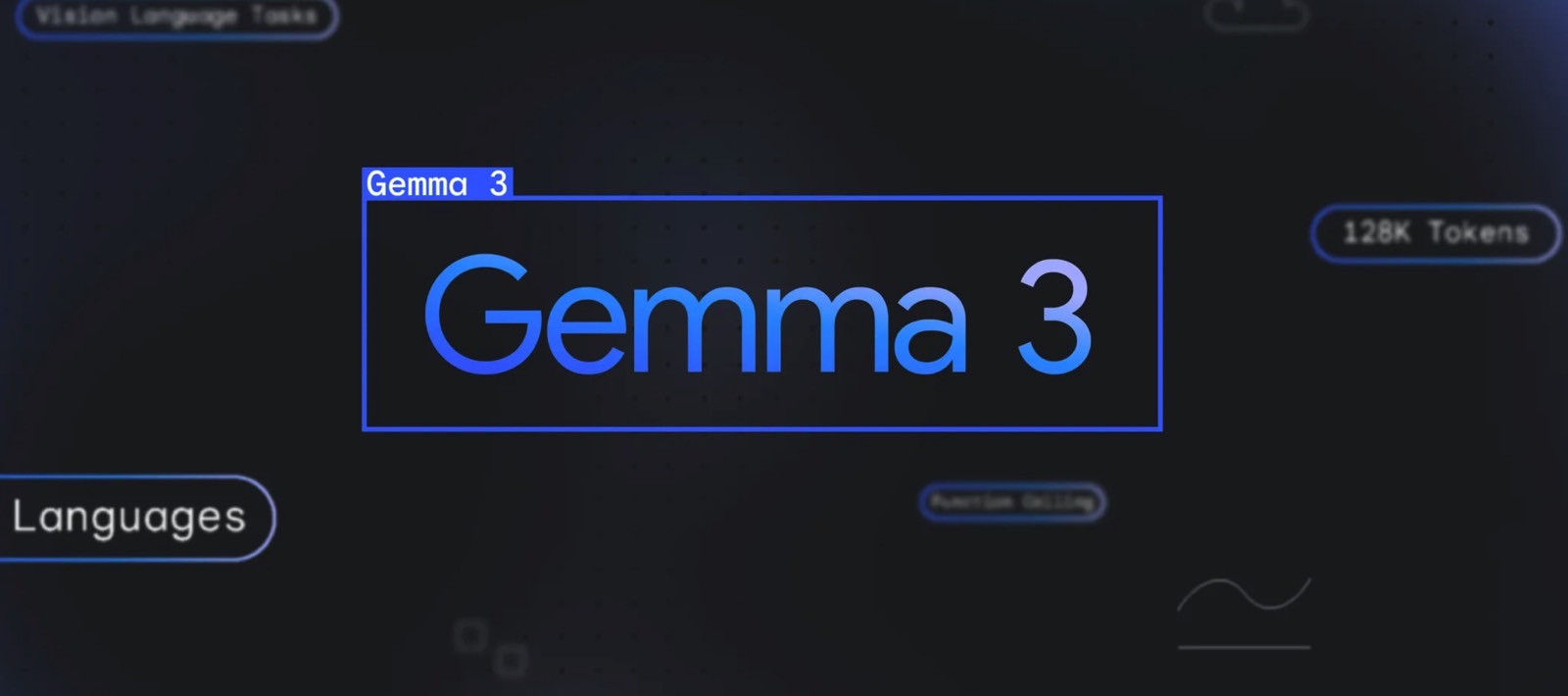







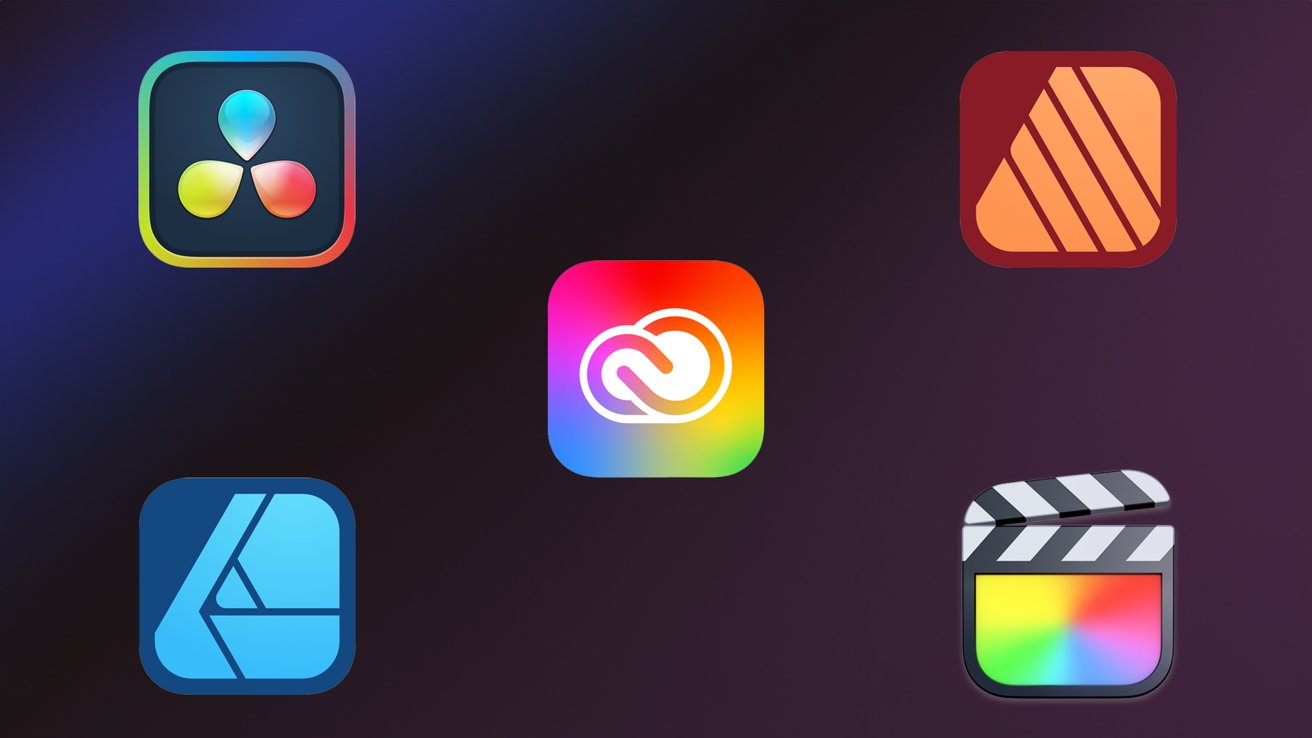




























![Apple Leads Global Wireless Earbuds Market in Q1 2025 [Chart]](https://www.iclarified.com/images/news/97394/97394/97394-640.jpg)

![OpenAI Acquires Jony Ive's 'io' to Build Next-Gen AI Devices [Video]](https://www.iclarified.com/images/news/97399/97399/97399-640.jpg)
![Apple Shares Teaser for 'Chief of War' Starring Jason Momoa [Video]](https://www.iclarified.com/images/news/97400/97400/97400-640.jpg)












